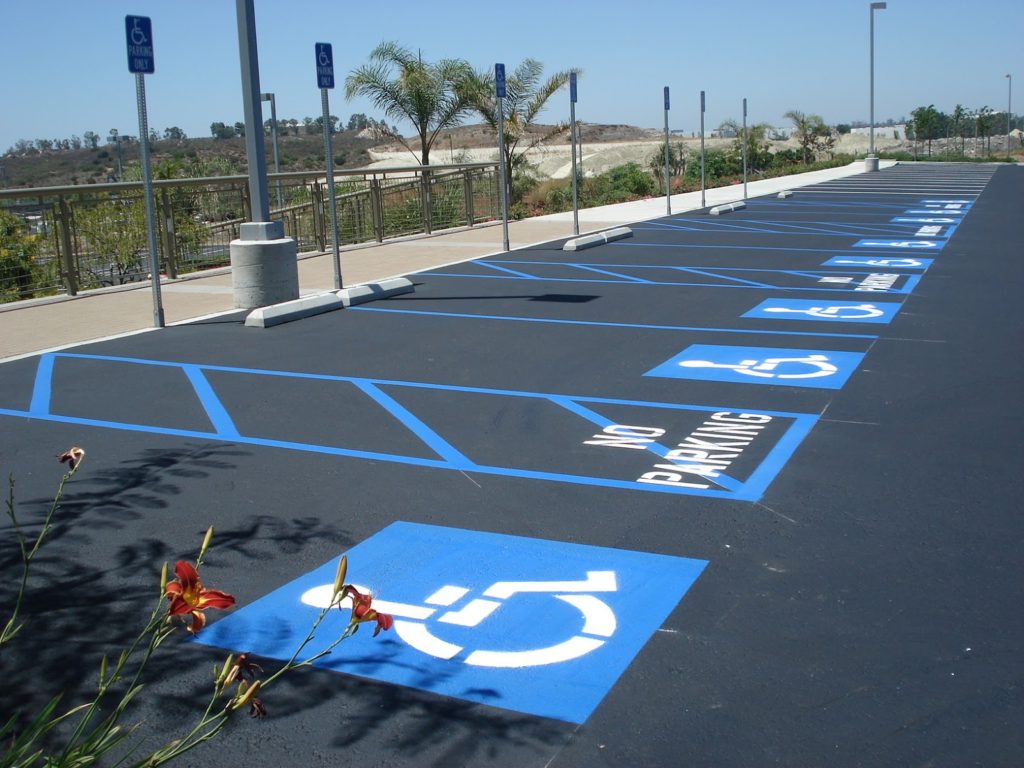A survey released from BraunAbility as part of the “Save My Spot” campaign reveals that 74% of people have personally seen a handicap accessible parking space being improperly used.
Parking limitations cause major challenges for wheelchair users, but the study indicates that lack of understanding about handicap accessible parking on the part of other drivers may be the underlying issue, according to the survey, released as part of BraunAbility’s “Save My Spot” campaign to help educate the public about the meaning and importance of handicap accessible parking.
BraunAbility shares five facts drivers may not know regarding handicap accessible parking:
1) The striped lines next to a handicap accessible parking space have a specific purpose.
Striped lines next to a handicap accessible parking space primarily indicate it is reserved for a wheelchair-accessible vehicle, yet 42% of respondents were unaware of this purpose. Among the respondents, 15% were unaware that the lines had a specific meaning at all.
2) There is a difference between handicap accessible parking for cars and wheelchair-accessible vans.
Many handicap accessible parking spaces are reserved for people with a disability who are not driving a wheelchair accessible vehicle. However, when the parking sign says, “Accessible Vans,” it is reserved for wheelchair accessible vehicles only.
“People with disabilities need much more room when they arrive in a wheelchair accessible van,” says Chris Carlisle, vice president of marketing at BraunAbility.
“Van accessible spaces are wider than regular handicap accessible parking spaces, offering room for people to lower their ramp and enter and exit their vehicle. In our survey, we asked able-bodied people what they would do if a car parked too close to them, and 75 percent said they would climb through a window or opposite door to get in. Wheelchair users don’t have this option and need the extra space.”
Van accessible spaces are easily identified by a blue-striped access aisle on the passenger side.
3) Some people have “hidden disabilities” that may not look like they need a handicap accessible spot, but they do.
Twenty-seven percent of survey participants did not know handicap accessible parking spots were also designated for hidden disabilities like deafness or a recent knee injury.
“There are no visible supports such as a cane or wheelchair for hidden disabilities, but that doesn’t mean the person parking there is misusing the spot,” Carlisle adds.
4) Businesses are required to have a certain number of handicap accessible spots.
The number of handicap accessible parking spaces required depends on the total number of parking spaces in the lot, but at least one in every six handicap accessible spaces must be van accessible, according to the Americans with Disabilities Act.
5) Wheelchairs continue to increase in size, requiring more room to maneuver in and out of vehicles.
“Chairs continue to get bigger, which can result in maneuverability challenges for chair users as they try to get in and out of vehicles,” Carlisle shares.
He adds that the BraunAbility Pacifica, for example, was designed to offer a large amount of interior space, as well as easy entry and exit. Vehicles like this are larger and require extra space in a parking spot for the wheelchair user to access a fully deployed ramp.
